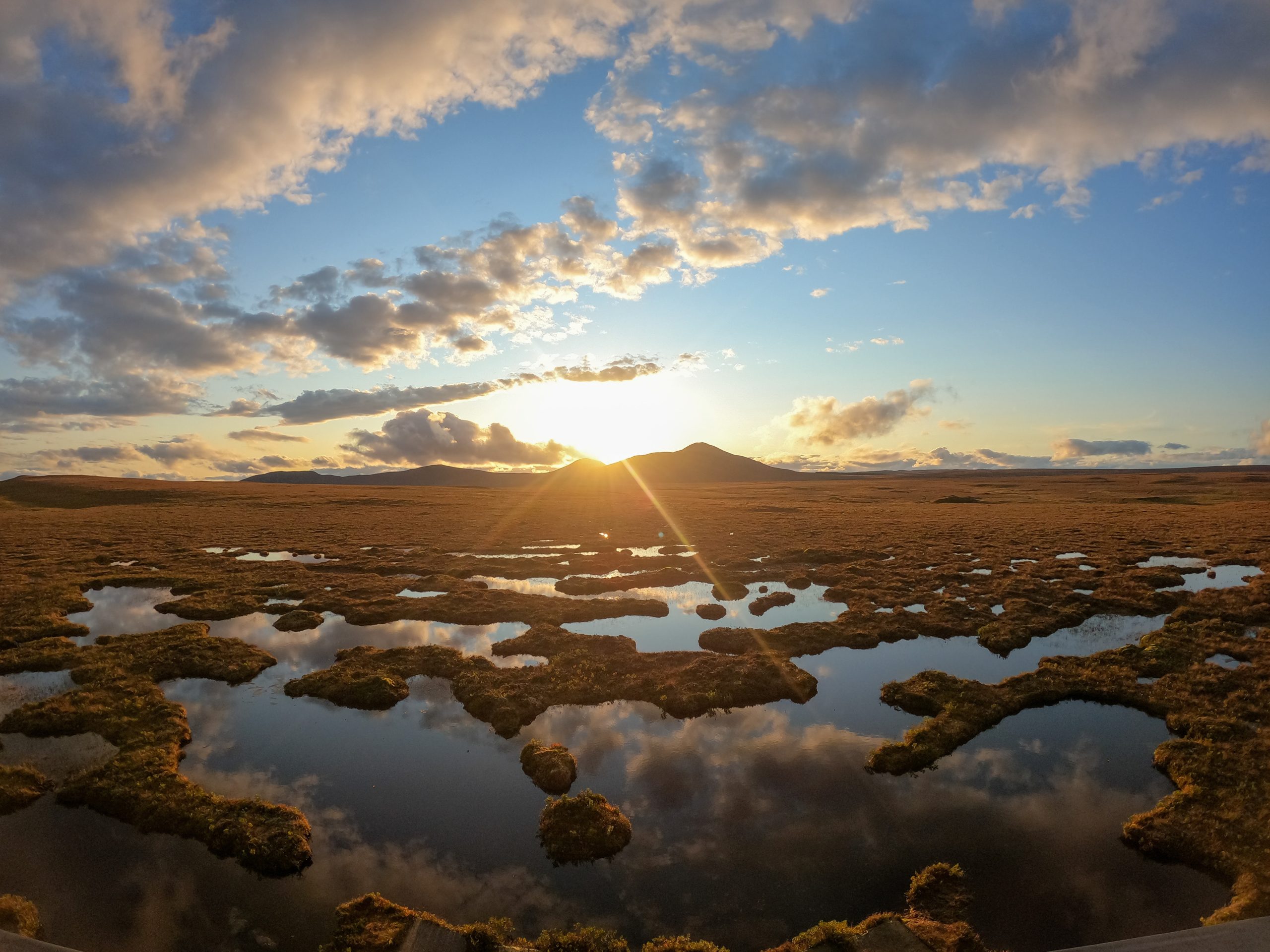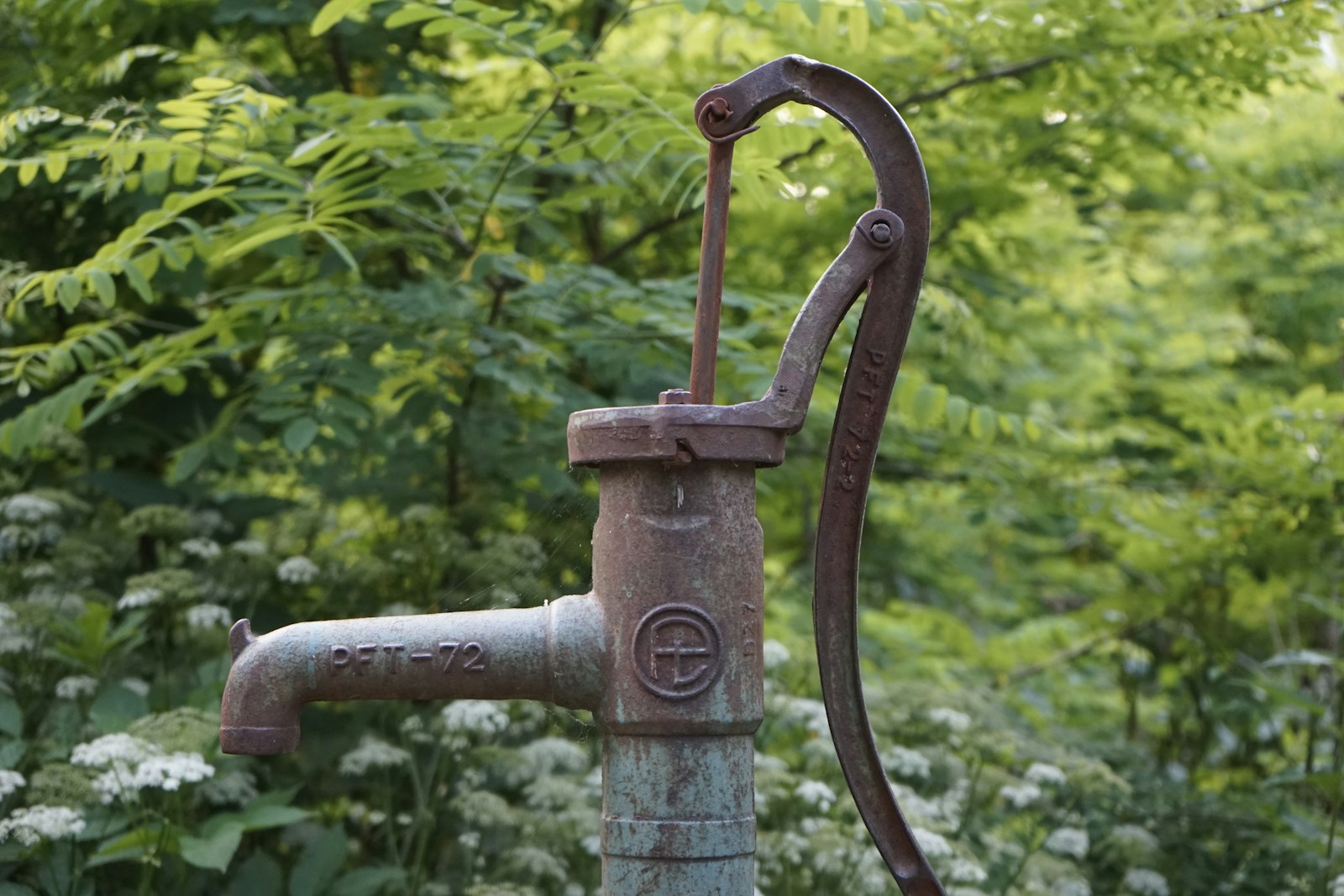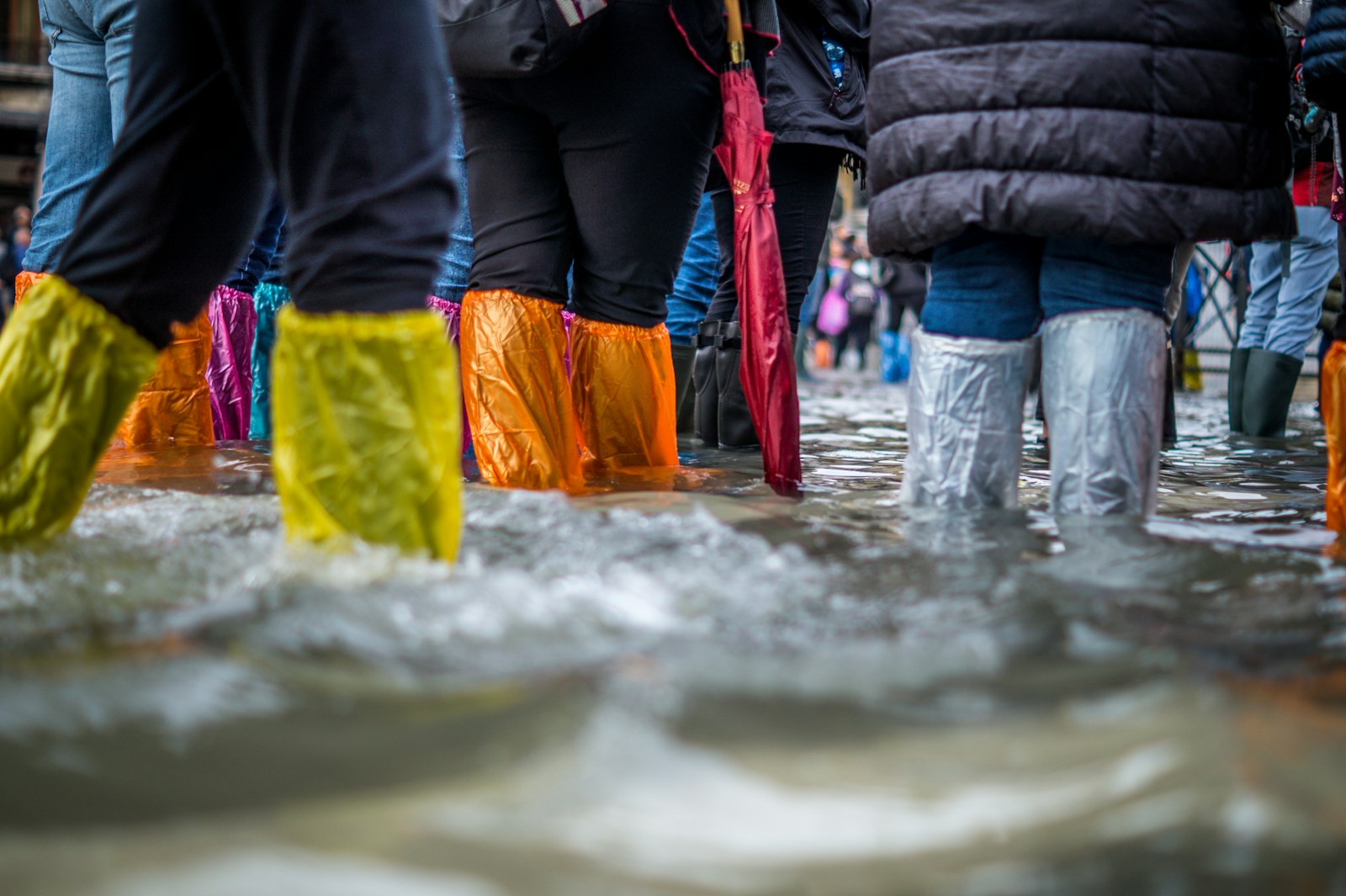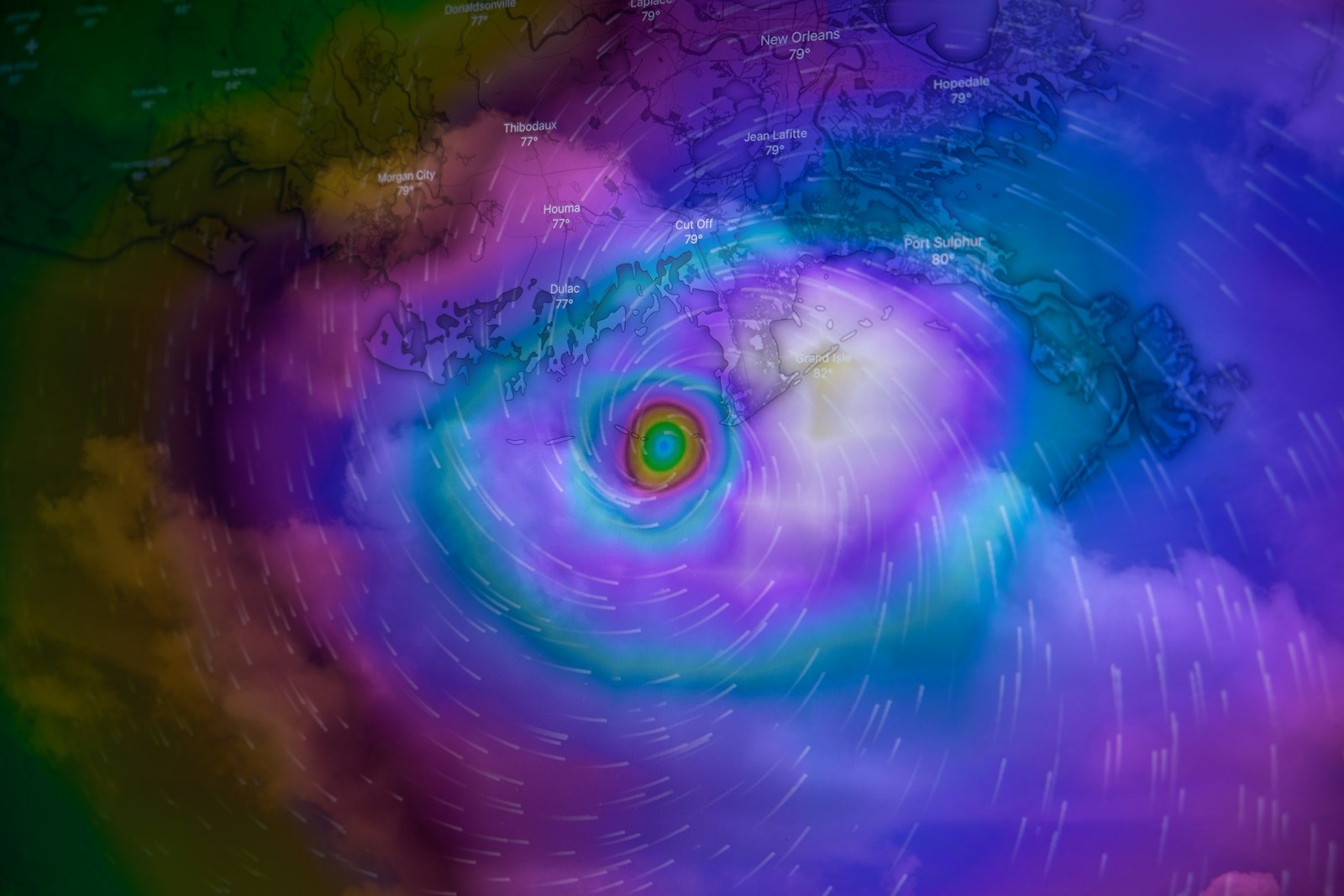Table of Contents
ToggleIntroduction
Peat bogs are wetlands that contain partially decomposed vegetation, mainly mosses. These wetlands can be found in almost every corner of the globe and are significant carbon sinks. Unfortunately, peat bogs are in a state of crisis, and their destruction could have disastrous consequences for the planet. In this article, we will explore the importance of peat bogs, the challenges they face, and the steps we can take to restore them.
What are peat bogs?
Peat bogs are wetlands that contain partially decomposed vegetation, mainly mosses. These wetlands are found in both temperate and tropical regions of the world, and are characterized by their high levels of water saturation. Peat bogs are important because they sequester carbon dioxide from the atmosphere, providing an essential ecosystem service that helps to mitigate the effects of climate change.
Why are peat bogs important?
Peat bogs are important because they sequester carbon dioxide from the atmosphere. This is done through the process of photosynthesis, where plants absorb carbon dioxide from the air and convert it into organic matter. When plants die, they decompose and release carbon dioxide back into the atmosphere. However, in peat bogs, the waterlogged conditions prevent the complete decomposition of dead plant material, allowing it to accumulate and form peat.
Peat bogs are also important because they provide a habitat for a range of species, including rare and endangered ones. They are home to unique and specialized flora and fauna, including insectivorous plants, mosses, and sundews. Peat bogs are also important for water management, as they act as natural water filters and can help to prevent flooding.
What are the challenges facing peat bogs?
Peat bogs are facing a range of challenges that threaten their existence. One of the primary threats is drainage, which is often done to make land available for agriculture, forestry, or peat extraction. When peat bogs are drained, the waterlogged conditions that support the growth of peat-forming plants are lost, and the peat begins to decompose, releasing carbon dioxide into the atmosphere.
Another challenge facing peat bogs is pollution, particularly from agricultural runoff and acid rain. Pollutants can damage peat-forming plants, leading to reduced peat formation and increased decomposition. Invasive species and wildfire are also a significant threat to peat bogs, as they can alter the ecosystem and damage the delicate balance of plant species.
What can be done to restore peat bogs?
Restoring peat bogs is essential to mitigate the effects of climate change, protect biodiversity, and preserve the ecosystem services that peat bogs provide. The following are some of the measures that can be taken to restore peat bogs:
Rewetting: Restoring the waterlogged conditions that are necessary for the growth of peat-forming plants is one of the most effective ways to restore peat bogs. This can be done by blocking drainage channels and restoring natural water flows.
Reforestation: Planting trees around peat bogs can help to prevent erosion and protect them from wildfire. Trees also help to maintain a humid microclimate, which is beneficial for peat-forming plants.
Removal of invasive species: Invasive species can outcompete native plants and damage the delicate balance of the ecosystem. Removing invasive species can help to restore the natural balance of the ecosystem and promote the growth of peat-forming plants.
Sustainable land use: Adopting sustainable land use practices, such as organic farming and reduced peat extraction, can help to protect peat bogs from further degradation.
Conclusion
In conclusion, peat bogs are vital ecosystems that play an essential role in mitigating the effects of climate change. Their importance extends beyond carbon sequestration, as they provide habitat for unique flora and fauna, regulate water flows, and protect against flooding. However, the destruction of peat bogs through drainage, pollution, invasive species, and wildfire is threatening their existence.
Fortunately, there are steps we can take to restore peat bogs, including rewetting, reforestation, removal of invasive species, and sustainable land use practices. Restoring peat bogs requires a collaborative effort between governments, conservation organizations, and local communities.
Peat bogs have been neglected for too long, and their restoration can revive a forgotten world of rare and endangered species. The restoration of peat bogs is not only crucial for the survival of these ecosystems, but also for the well-being of our planet and future generations. By taking action to restore peat bogs, we can slow climate change, preserve biodiversity, and protect the natural world.








1 thought on “Peat Bogs: Restoring Them Could Slow Climate Change and Revive a Forgotten World”
Pingback: Carbon Capture and Storage: The Future of Climate Change Mitigation - Sustainability Awakening